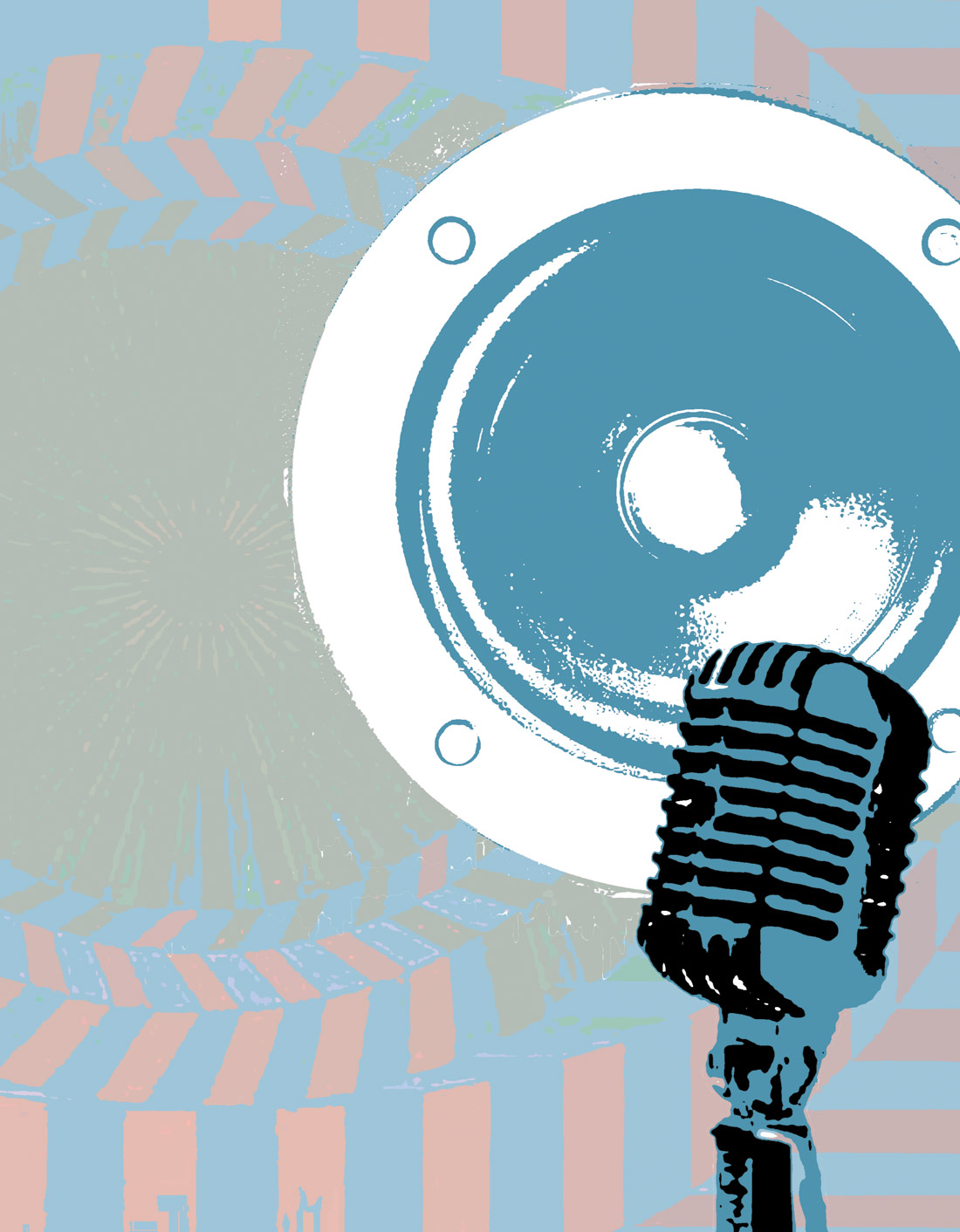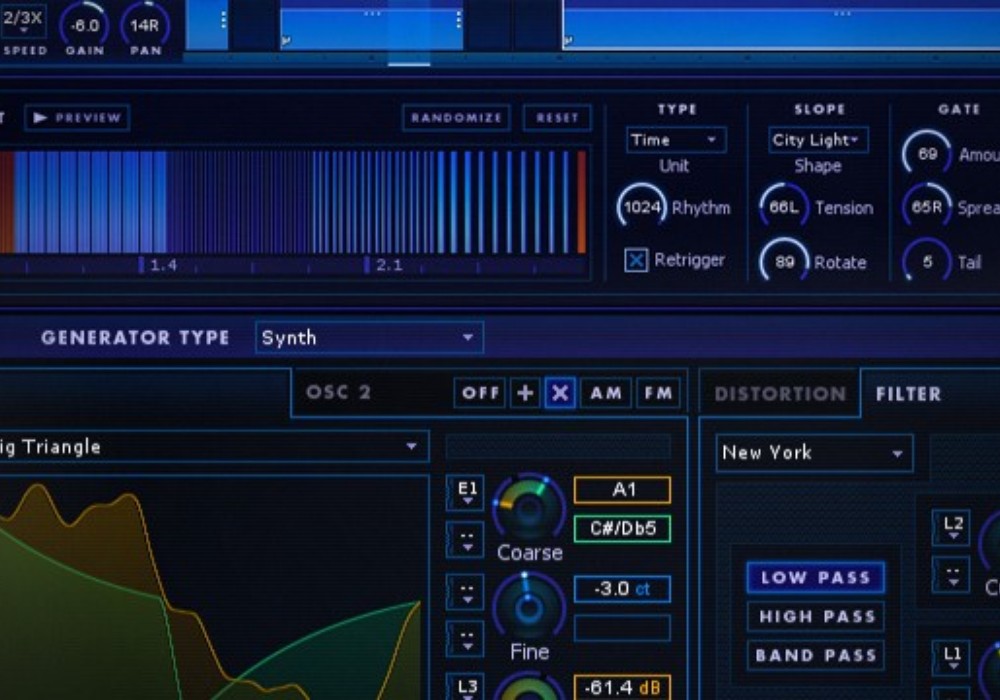Over the years, I've bought and sold (after upgrading) a fair amount of audio gear, but I've kept every piece of gear I have from Summit -an MPC-100A mic preamp/compressor (Tape Op #21), an EQP-200B stereo EQ, and a TLA-50 compressor (#31) -all of which get used on almost every session. In fact, the MPC-100A is my go-to unit for recording bass. The Everest is Summit's entry into the channel strip product category, and it's a good one. The unit features a mic preamp/DI, passive low-cut EQ, compressor, and output drive section. When I saw the Everest at the AES show last year, I thought it looked nice but felt that I had no use for a channel strip. Nonetheless, when Summit offered to send me an Everest to try out, I took them up on it as I was recording overdubs for a project in our B-room -a perfect application for a good channel strip.
I ended up using the Everest on many different tracks, and it quickly became one of my main tools for the record. It not only sounded really good, but it's extremely versatile and easy to use. One of the acid tests for me when using gear on location or in our B-room is whether the tracks hold up once I get them into our main room for mixing. Everything I tracked with the Everest sounded great, and in fact, the bass tracks we DI'ed using the hi-Z input sounded so good, that on a subsequent track we did in the main studio, I brought the Everest in from the B-room to use for the bass. We used the Everest for acoustic guitars, electric guitars, and bass, and in all cases, it resulted in keeper tracks. I didn't use the Everest for vocals only because I'd established our UA 710 for the vocal chain and was stoked on how it sounded, but I'm sure the Everest would make a great vocal box as well. The compressor section sounds great and has much more control and flexibility than our TLA-50, which we've used on tons of lead vocals over the years.
The Everest is a well-thought-out piece of gear with lots of options and controls. In addition to the gain knob and an unbalanced 1/4' hi-Z jack on the front panel, the input section has five switches for pad, polarity, phantom power, and 60 Hz HPF. Input level and gain reduction are displayed with 10-step LED meters, while a VU meter handles output level. The very natural sounding 3-band EQ has six frequencies per band, cut/boost of 12 dB, and shelf/peak switches on the high/low bands. The compressor has a switch for tight" or "classic" compression as well as the expected gain
Tape Op is a bi-monthly magazine devoted to the art of record making.





_disp_horizontal_bw.jpg)